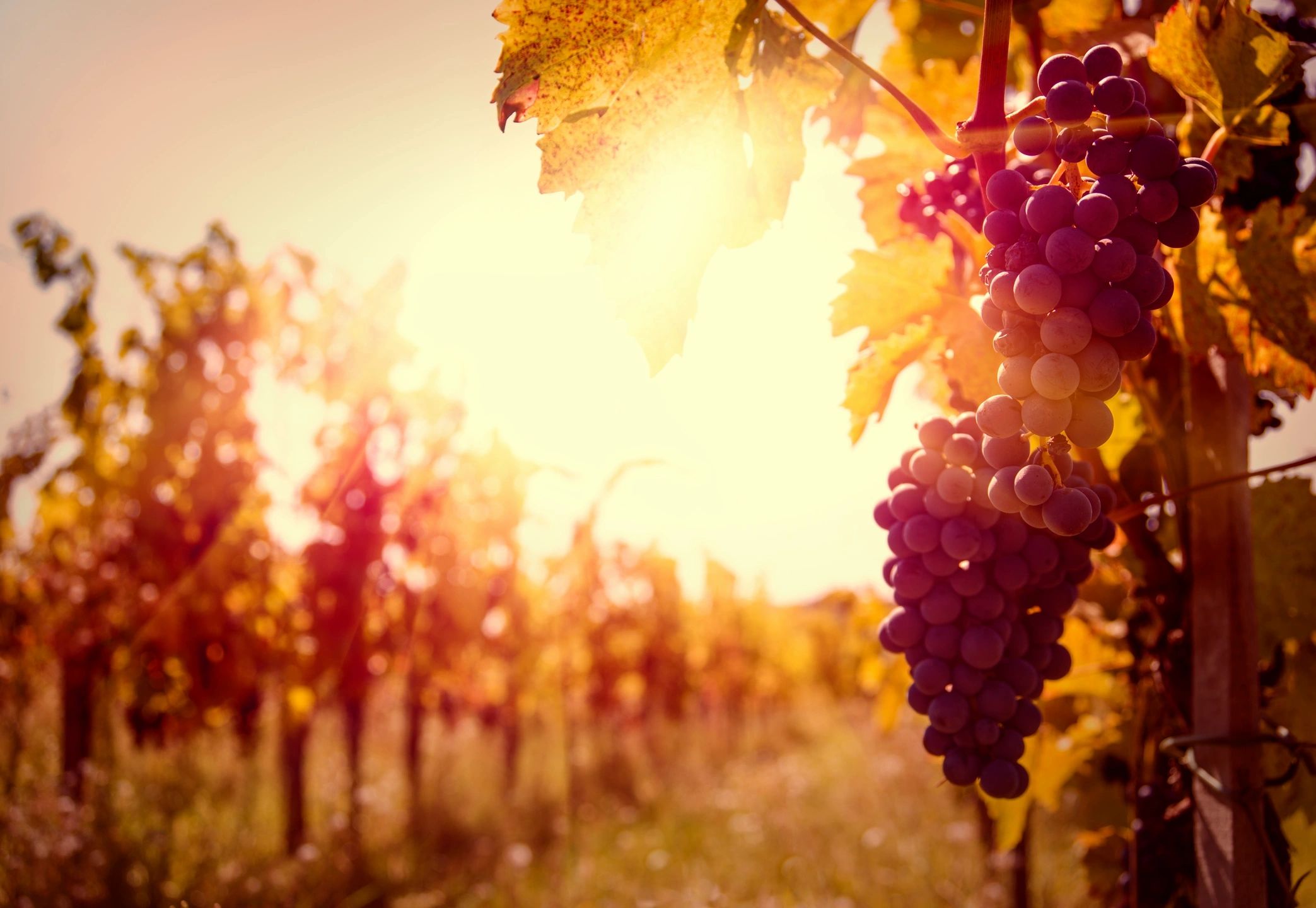
The Italian landscape has not changed much for the past 2500 years. Perennial farming has continually brought communities together around harvest and food production contributing to a cultural vibrancy that has enchanted the world for centuries. The Italian landscape continues to produce high-quality diverse calories on small land holdings. Perennial farming in this manner has contributed to a rich food culture that is both resilient, and delicious. Unlike annual farming perennial farming uses few man hours to produce high yields from the same plants that can endure for centuries. The spirit of the giving tree is alive and well in Italy. It you have a yard, are a foodie or just enjoy fruit and shade you may want to consider a perennial food forest. This is a fun way to enrich your community life through fresh seasonal food that can bring a bountiful connection to the earth. My community comes together around a long table about on Thursdays and it has been a delight to share in the bounty of plums, peaches, lemons and berries.
The perennial landscapes of Italy encompass a diverse range of natural and cultivated areas that feature long-lived plants, including trees, shrubs, and perennial herbaceous plants. Fruit, nuts, berries, mushrooms, and wild greens as well as copse wood all contribute to a thriving productive landscape that provides more habitat as well as delicious seasonal foods. A few hectar holding may incorporate olive trees, a vineyard, diverse fruit and nut trees, berries and mushrooms. Italy's climate and geographical diversity contribute to the creation of various types of perennial landscapes throughout the country.
In addition to families having a diverse network of fruit and nut trees that are easy to maintain and share in the harvest they also collectively harvest from small landholdings much of the worlds wine and olives.
Here are a few notable examples:
Olive Groves: Italy is renowned for its olive groves, particularly in regions such as Tuscany, Umbria, and Puglia. Olive trees (Olea europaea) are perennials that thrive in the Mediterranean climate of Italy. These groves not only provide a picturesque landscape but also contribute to the production of high-quality olive oil, a staple of Italian cuisine.
Vineyards: Italy is home to extensive vineyards that produce a wide variety of wines. Grapes are grown on perennial vines, creating visually stunning landscapes across regions such as Piedmont, Tuscany, Veneto, and Sicily. Vineyards often form terraced landscapes, taking advantage of Italy's hilly and mountainous terrain.
Citrus Orchards: The southern regions of Italy, such as Calabria and Sicily, are known for their citrus orchards. Lemon, orange, and other citrus trees are cultivated in these perennial landscapes, creating vibrant and aromatic scenery. Citrus groves are not only visually appealing but also contribute to the production of citrus fruits and products.
Chestnut Forests: In certain mountainous regions of Italy, such as in the Apennines and the Alps, chestnut forests can be found. Chestnut trees (Castanea spp.) are long-lived and produce edible nuts. These forests not only provide a beautiful landscape but also offer ecological benefits, such as biodiversity support and soil stabilization.
National Parks and Nature Reserves: Italy is home to numerous national parks and nature reserves that showcase diverse perennial landscapes. For example, the Dolomites in northeastern Italy are characterized by rugged mountains, alpine meadows, and forests. The Cilento and Vallo di Diano National Park in southern Italy features Mediterranean forests, coastal landscapes, and diverse flora and fauna.
These are just a few examples of the perennial landscapes found in Italy. The country's rich cultural and natural heritage, combined with its varied climate and terrain, create a tapestry of captivating perennial environments that contribute to Italy's beauty, agricultural productivity, and ecological diversity.